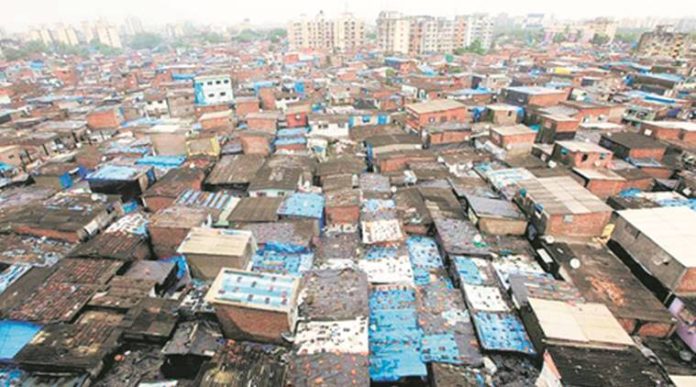Mumbai-based Genesys International, a frontrunner in the Indian mapping industry, has clinched a pivotal contract for the deployment of its cutting-edge digital twin mapping technology in the redevelopment project for Dharavi, Asia’s largest slum cluster.
The esteemed contract, valued at Rs 22 crore (excluding GST), has been awarded by Adani Group’s Portsmouth Buildcon Private Ltd, underscoring Genesys’ reputation as a trailblazer in mapping innovation.
According to company officials, the project, slated to be completed within nine months, is set to bring about a transformative change in Dharavi’s landscape and urban planning.
Genesys’ state-of-the-art Oyster 3D Maps platform, recognised for its precision and innovation, is expected to play a central role in this ambitious initiative.
The Dharavi mapping endeavour aligns seamlessly with Mumbai’s overarching objective of revitalising key areas, highlighting Genesys’ steadfast commitment to pushing the boundaries of mapping technology.
The company’s recent strategic collaboration with the Survey of India (SoI) for a three-dimensional (3D) digital twin-mapping program further solidifies its position as the first to enter into a public-private agreement with SoI for digital twin mapping.
Sajid Malik, CMD of Genesys International, emphasized the significance of the project, stating, “It will be one of the most complex mapping projects for us. And that is where the advantage of digital twin mapping technology will come in as it can map the most challenging area. This is a major step for social and financial inclusion (of a segment of people). When you map out a society or a particular area, you are creating an ability to transform the lives of people. We are hoping to improve the lives of hundreds and thousands of people in the area, ” reports Times Of India.
Genesys is no stranger to handling significant mapping projects. In addition to the Dharavi initiative, the company has undertaken digital twin-mapping projects for various Indian cities, including Ayodhya, Jaipur, Ahmedabad, and Surat.
Notably, it has secured the digital twin project for the shrine of Mecca by the Saudi government.
Digital twin technology, employed by Genesys, creates a virtual replica of physical assets, enabling businesses to monitor performance, simulate conditions, and analyse data for informed decision-making.
Speaking about the challenges of mapping unplanned areas like slums, Sajid Malik mentioned, “We had done some areas for the Slum Rehabilitation Authority (SRA, Mumbai). But this will be the first such project for the entire Dharavi. We have a plan to finish the project within nine months. If there are no extreme weather events, we will certainly meet the deadline.”
Dharavi Redevelopment Project
The Dharavi Redevelopment Project (DRP), initially mooted in 2004, has recently made significant strides.
The Maharashtra state government approved the Adani Group’s bid for the redevelopment project that seeks to transform Asia’s second-largest slum cluster.
As per Swarajya’s earlier report, in a government resolution (GR) dated 13 July, the Maharashtra housing department granted final approval for the appointment of Adani Properties for the redevelopment of Dharavi.
In November 2022, the Adani group emerged as the highest bidder for the redevelopment of Mumbai’s Dharavi — one of the largest slum clusters in the country — with an initial investment commitment of Rs 5,069 crore, against a base price of Rs 1,600 crore.
As per the terms of redevelopment, Adani Realty will get seven years to see the work through, including rehabilitating more than 56,000 families. The project is estimated to cost around Rs 23,000 crore.
Significance of redevelopment project
The redevelopment project will be a major economic contributor to Mumbai and Maharashtra.
The plan incorporates industrial and business zones for the existing and new businesses and commercial activities with better facilities, infrastructure and platforms for improved conditions and growth.
The increased floor space index (FSI), will allow the structures to grow vertically, freeing up more land area for multiple activities. Dharavi currently has a low FSI and is sprawled horizontally, accommodating the high density.
Dharavi retains a prime location in Mumbai with proximity to existing business districts and financial centres of the city, including the Bandra Kurla Complex and Nariman Point.
Through the re-design, the vast expanse of Dharavi slums will be connected to the progressive landscape of Mumbai.
This revamped identity of Dharavi will reduce residential differentiation within the city and enable the seamless integration of its residents with the overall city population.


